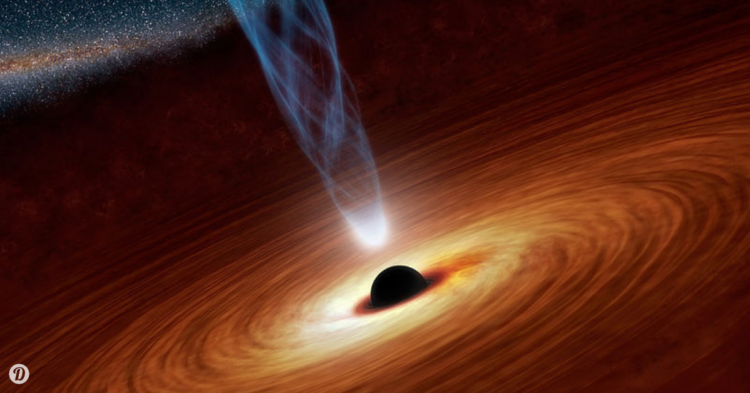Every time scientists do or see something for the first time, it’s special. We’re discovering something entirely new about the universe we live in. Even when it comes to things we only see from far, far away can tell us more about life.
The weird thing about the latest discovery in the cosmos is that we’re not 100% sure what happened even months later and with a staggering amount of data. This is a situation where scientists have observed something for the first time — but they can’t quite agree on exactly what they’ve seen. It’s still a mystery, but the theories are fascinating.
Back on June 16, 2018, astronomers spotted a brief, unusual, mysterious flash in the night sky.
Brief, of course, is a relative term, especially in astronomical circles. This outburst shone 10 times brighter than a typical supernova for three days, before fading over the following months.
Nicknamed ‘The Cow,’ the super-bright burst puzzled astronomers and astrophysicists around the world.
So, naturally, they pointed as many instruments as they could at it. They studied it in X-ray and radio waves in addition to optical views to gather the most robust data possible, and then spent months combing through it all.
There are two competing theories as to what exactly happened to create that cosmic outburst.
One team, headed up by Paul Kuin of University College London, believes the Cow was caused by a black hole colliding with a star in a “tidal disruption event.”
As NASA explains , “Just as the Moon’s gravity causes Earth’s oceans to bulge, creating tides, a black hole has a similar but more powerful effect on an approaching star, ultimately breaking it apart into a stream of gas.”
In this tidal disruption event, the black hole “shredded” a passing star, leaving behind a cloud of material.
The team thinks the black hole shredded a white dwarf star, based on the size of the debris cloud. “Shredding a bigger star to produce a cloud like this would take a bigger black hole, result in a slower brightness increase and take longer for the debris to be consumed,” Kuin said.
The other team has a different theory, but also involving a black hole.

The team, led by Northwestern University’s Raffaella Margutti, studied the event in radio waves and gamma rays and think it was caused by a star going supernova.
That would be a huge deal because supernovas leave behind one of two things: A neutron star or a black hole.
“We saw features in the Cow that we have never seen before in a transient, or rapidly changing, object,” Margutti said.

“Our team used high-energy X-ray data to show that the Cow has characteristics similar to a compact body like a black hole or neutron star consuming material. But based on what we saw in other wavelengths, we think this was a special case and that we may have observed – for the first time – the creation of a compact body in real time.”
The best evidence they have that this would be a black hole or neutron star being born is the X-rays.
They say that a supernova’s debris cloud would usually block light from the compact body in the middle, but they think the fact that they could see X-rays coming from it suggests a smaller star that left less debris behind, allowing those rays through.
However, the Cow didn’t behave like they expected a supernova to behave.
For one thing, the timeline was increased. Where supernovas tend to play out over years, the Cow used up the majority of its energy in just 16 days.
Also, it burned much brighter , up to 100 billion times the luminosity of our Sun.
So the Cow is challenging much of what astronomers know about star life and star death.
“If we’re seeing the birth of a compact object in real time, this could be the start of a new chapter in our understanding of stellar evolution,” said Brian Grefenstette, Margutti’s co-author and a NuSTAR instrument specialist at CalTech.
It’s worth noting that, at least in cosmic terms, the Cow happened quite close to Earth.
“Two hundred million light-years is close for us,” Margutti said. “This is the closest transient object of this kind that we have ever found.”
Which means that just as the dinosaurs were rising on Earth, a star at the Cow was dying. Whether it was being torn apart by a black hole or becoming one is up for debate.
















































